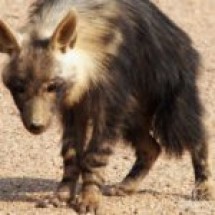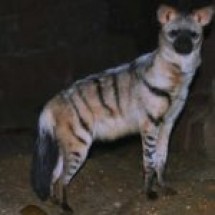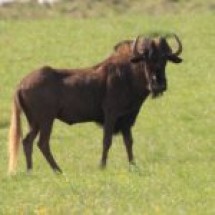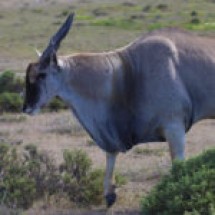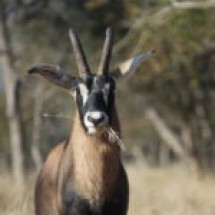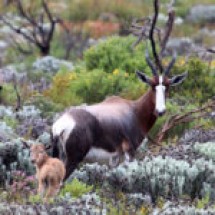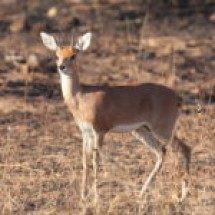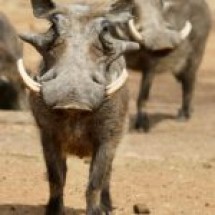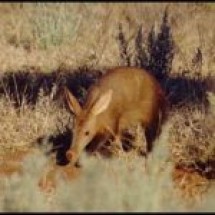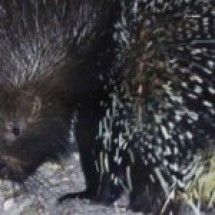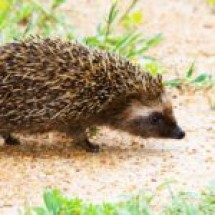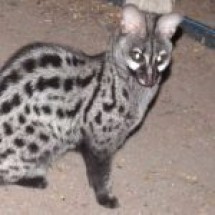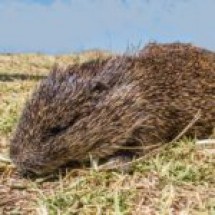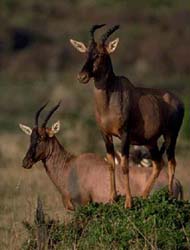Early hunters were amazed at the naivety and inquisitiveness of tsessebe, which were so overcome by curiosity during a hunt that they stood and stared, while other members of the herd were shot down around them.
When threatened, tsessebe often do no more than canter away to an open vantage point, where they will stop and coolly survey their surroundings before, finally, breaking into their characteristic easy gallop. They are territorial, and the dominant male will often keep a look-out for rival males from a high vantage point, such as a termite mound. Tsessebe are gregarious grazers, sharing their pastures freely.
Both males and females mark their territory, using a secretion from glands below their eyes. Unlike the blesbok, tsessebe harems remain permanently associated with their territorial male. A single calf is born, usually during spring or early summer, and calves develop so fast that within a day or two of birth they are strong enough to join the herd. Here they tend to form nursery groups of their own which are supervised by one or more cows.
DISTRIBUTION
This species was once on the endangered list, but due to careful protection they are increasing, although they have disappeared from much of their former distributional range.












